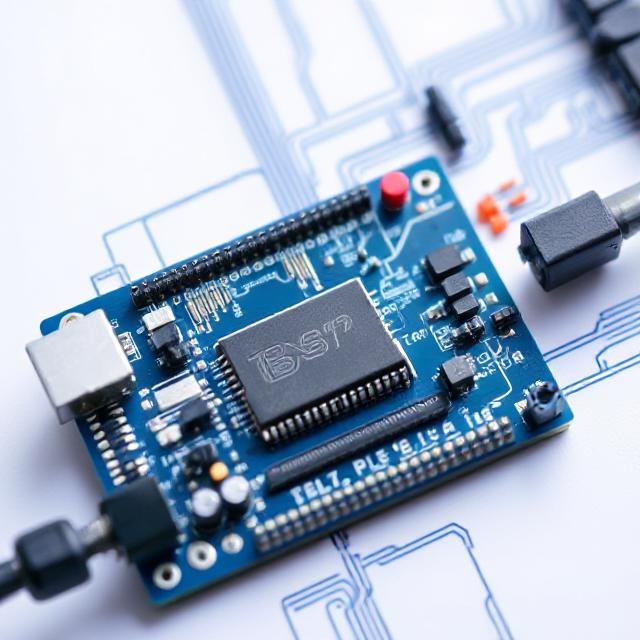Understanding the difference between linear and non-linear circuits is a fundamental concept when learning about electronics. These two types of circuits behave differently when electricity flows through them, and it’s important to recognize when and why to use each one in designs. Let’s break it down in a simple way.
What is a Linear Circuit?
A linear circuit is a circuit where the output is directly proportional to the input. In simpler terms, if you increase the voltage or current, the output will increase in the same way. The relationship between the input and output is predictable and follows a straight line.

Key Features of Linear Circuits:
-
Constant Relationship: The relationship between voltage and current is constant. This means if the voltage doubles, the current also doubles, maintaining a predictable pattern.
-
Ohm’s Law: Linear circuits follow Ohm’s Law, which is expressed as V = I × R (Voltage = Current × Resistance). This means that voltage, current, and resistance are always related in a straightforward manner.
-
Components: Common components like resistors, capacitors, and inductors (when used properly) behave linearly.
-
Signal Shape: The signal shape remains unchanged. If a sine wave is input into the circuit, you will get a sine wave out, only possibly with altered amplitude.
Example:
Consider a simple circuit consisting of a resistor connected to a battery. If you increase the battery’s voltage, the current flowing through the resistor will also increase proportionally. This predictable, straight-line behavior is characteristic of linear circuits.
What is a Non-Linear Circuit?
In contrast, a non-linear circuit is a circuit where the output is not proportional to the input. This means that the relationship between voltage and current is more complex, and can change based on the input values.
Key Features of Non-Linear Circuits:
-
No Constant Relationship: Non-linear circuits don’t follow a simple rule like Ohm’s Law. The current may not increase evenly when voltage increases, leading to unpredictable behavior.
-
Irregular Behavior: Components like diodes, transistors, and Silicon Controlled Rectifiers (SCRs) exhibit non-linear behavior.
-
Signal Changes: Non-linear circuits can alter the input signal. For example, a sine wave may become distorted or changed into a square wave as it passes through the circuit.
Example:
A diode in a circuit allows current to flow in only one direction. At first, when the input voltage is small, no current flows through. Once the voltage reaches a certain threshold, current suddenly begins to flow. This is a classic example of non-linear behavior, where the output (current) is not proportional to the input (voltage).
Key Differences Between Linear and Non-Linear Circuits
| Feature | Linear Circuit | Non-Linear Circuit |
|---|---|---|
| Output vs Input | Proportional | Not proportional |
| Ohm’s Law | Always applies | Does not always apply |
| Signal Shape | Stays the same | Can change (distorted, clipped) |
| Common Components | Resistors, capacitors | Diodes, transistors |
| Behavior | Predictable and steady | Can vary depending on input |
Why Does This Matter?
-
Linear circuits are essential when you need predictable, smooth signals. They are often used in applications such as audio amplifiers, measuring instruments, and signal conditioning.
-
Non-linear circuits, on the other hand, are important in applications where signal control or switching is needed. For example, in digital electronics, signal processing, and devices like LEDs, transistors, and oscillators, non-linear circuits play a key role.
Summary
-
Linear circuits have a straight-line relationship between voltage and current. They follow Ohm’s Law and produce a consistent output.
-
Non-linear circuits have a changing relationship between voltage and current and do not follow Ohm’s Law. The output can change shape, distorting or switching the signal.
-
Resistors are examples of components that behave linearly, while diodes and transistors are non-linear components.
-
Linear circuits maintain the signal shape, while non-linear circuits can alter it.
-
Both types of circuits have their importance in electronic design and serve different functions depending on the application.
Both linear and non-linear circuits have their places in electronic systems, and understanding how they differ helps in designing the right circuits for the job. Whether you’re working with simple resistors or complex signal processors, this knowledge will guide you in choosing the right approach for your circuit design.











